'No One Wants to Hear You Toot Your Own Horn' and 9 Other Rules From People With Blockbuster Personal Brands From Pinky Cole to Gabby Bernstein, we asked ten people with devoted, lucrative followings to share the most unexpected takeaways from their wild and winding journeys of building personal brands.
By Liz Brody, Jason Feifer, and Britta Lokting Edited by Frances Dodds
This story appears in the March 2023 issue of BIZ Experiences. Subscribe »
Rule 1: Stay present to connect.
No. 1 New York Times bestselling author. Oprah-endorsed thought leader. Self-described "Spirit Junkie." Gabby Bernstein is a guru girl to millennials everywhere. Thirsty for her tell-it-like-it-is authenticity, they flock to her books (nine and counting, including The Universe Has Your Back and May Cause Miracles), podcast, social media, online content, and talks. But at 43, with so many balls in the air, she doesn't forget the most crucial thing: Be present in the moment, for whoever is there.
"When I was 25 with 13 women in my studio apartment, I was able to say, 'This is true perfection,'" Bernstein says. "Because why did you go and build your own business and take all these risks? You wanted it to be fun, right? So many people lose sight of that."
Bernstein stresses that you don't need to crack a million followers on Instagram all at once (as she has over time). Hold a small gathering, start a book — for her, looking ahead at your goals while appreciating exactly where you are is the most genuine way to connect, even (and especially)with unfriendly audiences. "I spoke at an event where some of the women were drunk, and people were talking over me," she says. "At one point I just slowed down my voice, speaking really thoughtfully, almost leaving silent moments so that they would hear themselves." And they started to listen.
Focusing on who you're with now also keeps fear from getting in your way, says Bernstein. When she was anxious before her Super Soul session on stage with Oprah, she realized: "If I was nervous because of Oprah, then it was me making this about me. And it wasn't. Of course, then I got out of the car and she's the only other person in the parking lot. I was like, thank you, universe, for reminding me, like, get the fuck over yourself."
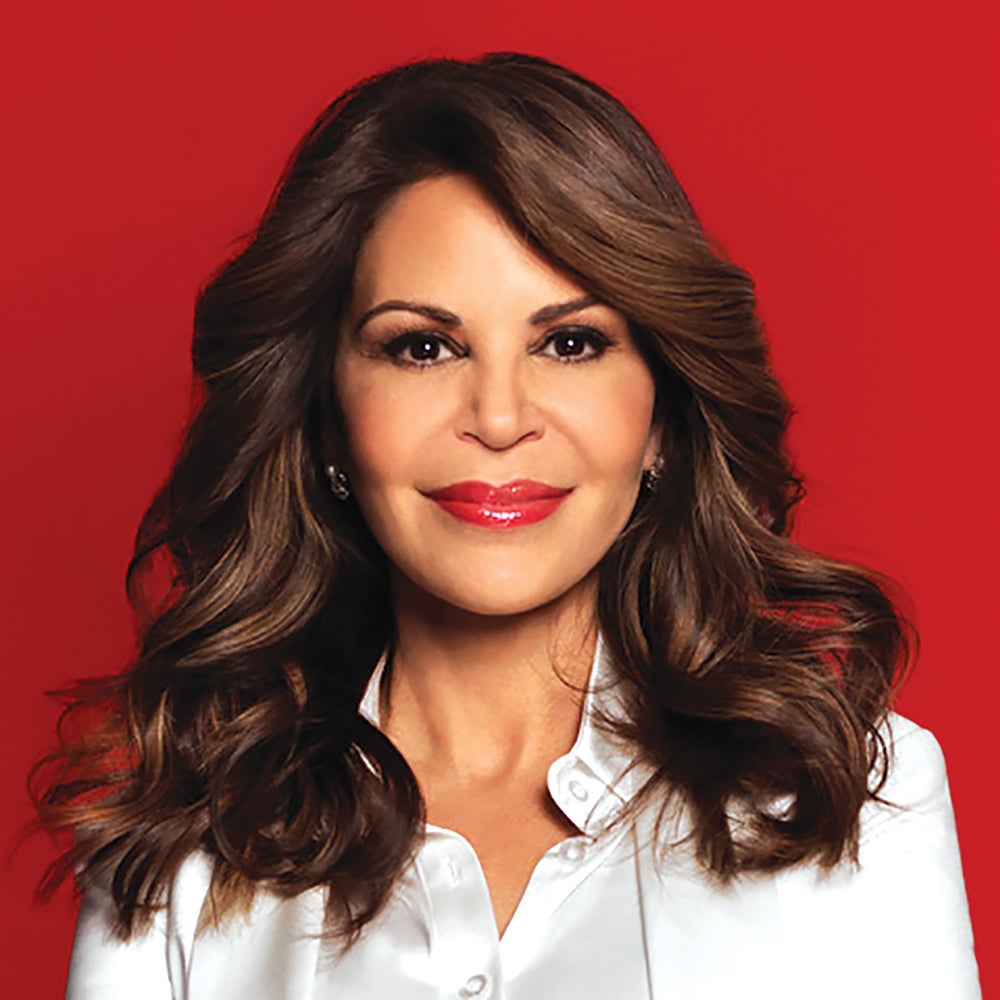
Rule 2: Trademark your 'isms.'
Lots of people have catchphrases — those sticky, identifiable sayings that people can remember you by. They're a smart part of personal branding.
But you should do more than just share your catchphrases, Nely Galán says. You should call your lawyer and trademark them, too. "If you do merchandising later, you only have the right to do that if you are trademarked," she says. "Otherwise anyone can take your catchphrase and monetize it."
Galán is serious about her catchphrases. She was the first woman and Latina president of entertainment for Telemundo, has produced more than 700 episodes of television, and is now hosting a new podcast called Money Maker with Nely Galán/Mi Mundo Rico con Nely Galán — so she understands the power of sharp communication. When she set out to write her 2016 book Self Made, she produced a series of catchphrases that she called "Nelyisms," and made them the backbone of her book. They range from abstract to practical, like, "To be Chosen, Choose Yourself First!" or, "Think like an Owner and start a Side Hustle!"
Her catchphrases can run the gamut with regard to subject. "Some of them are more philosophical, and some are more meat and potatoes," she says. But the point is to make them relatable — and to be sure they're rules you can actually model for your audience.
For example, here's one she's been repeating a lot lately: "Don't buy Shoes, buy Buildings!" How can you live out that advice? For one, she flies coach even though she could easily afford first class. "I don't spend money on stupid things," she says. That money could be spent bigger later...maybe on some more lawyers, to protect even more intellectual property.
Related: How to Build a Successful Personal Brand in 5 Simple Steps
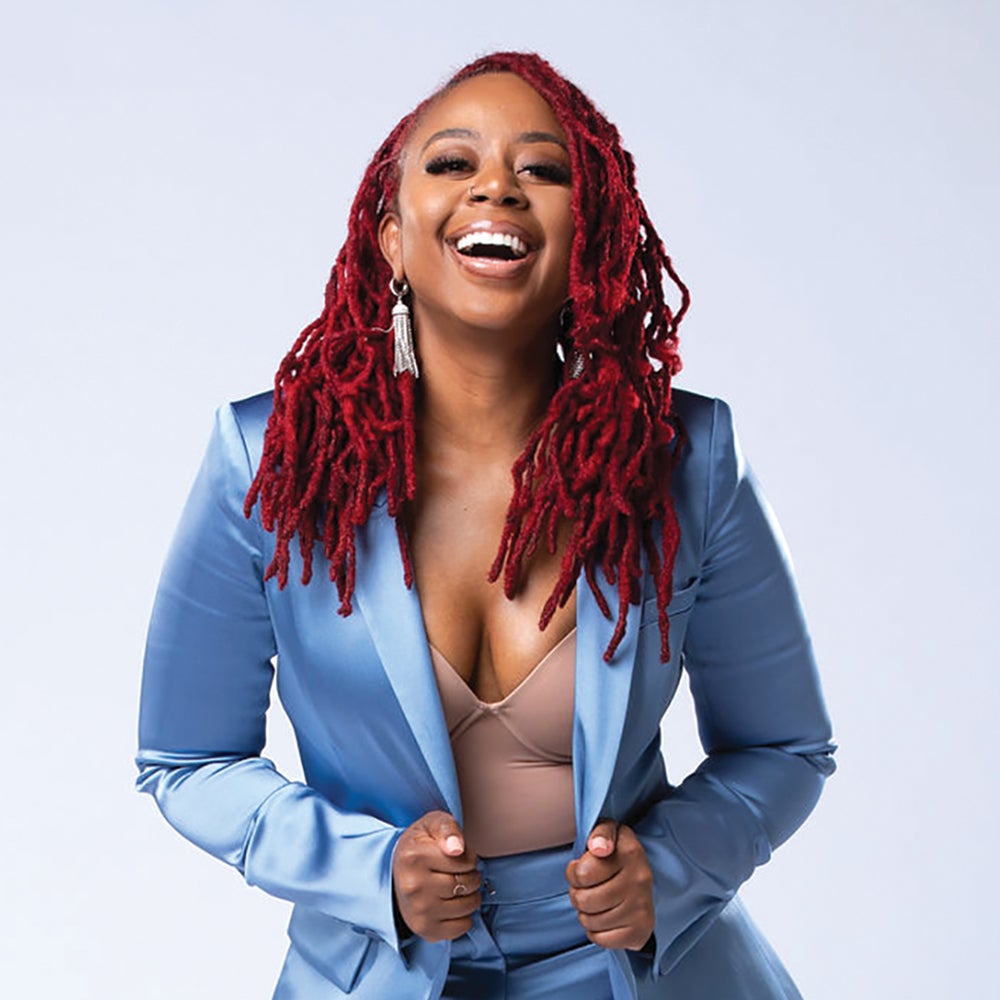
Rule 3: Crowdsource real decisions.
For Pinky Cole, social media followers are more than mere fans. They're advisors. She asks questions, they give her advice — and they've shaped how she views her personal brand. Throughout the process of building her plant-based burger chain, Slutty Vegan, one of Cole's core tactics has been crowdsourcing solutions. She doesn't want her followers to be passive viewers of her content. She wants them to be active participants in business decisions. If she's looking for an executive director or an assistant, she asks her 444,000 Instagram followers. "If I'm looking for specific things, I go on my Instagram and commission it," she says. For every question, she said she receives between 500 and 1,000 responses, and she's often reminding her followers: "TURN YOUR POST NOTIFICATIONS ON."
At first, this was a business-building strategy, but Cole soon realized it was the core of her personal brand, too. It's all the same ecosystem. "This is part of my existence," she says of crowdsourcing. This came in handy recently when Cole organized a wedding and married a couple at Slutty Vegan. She needed recommendations for balloon and flower vendors, so what did she do? Asked her followers, of course. "I literally built the wedding online," she says.
In the end, crowdsourcing is Cole's way of giving back. "They know when they tap into me, I'm going to offer them a seat at the table," she says of her followers. Even if it's business, it also feels personal. "It works so very well, because everyone wins."
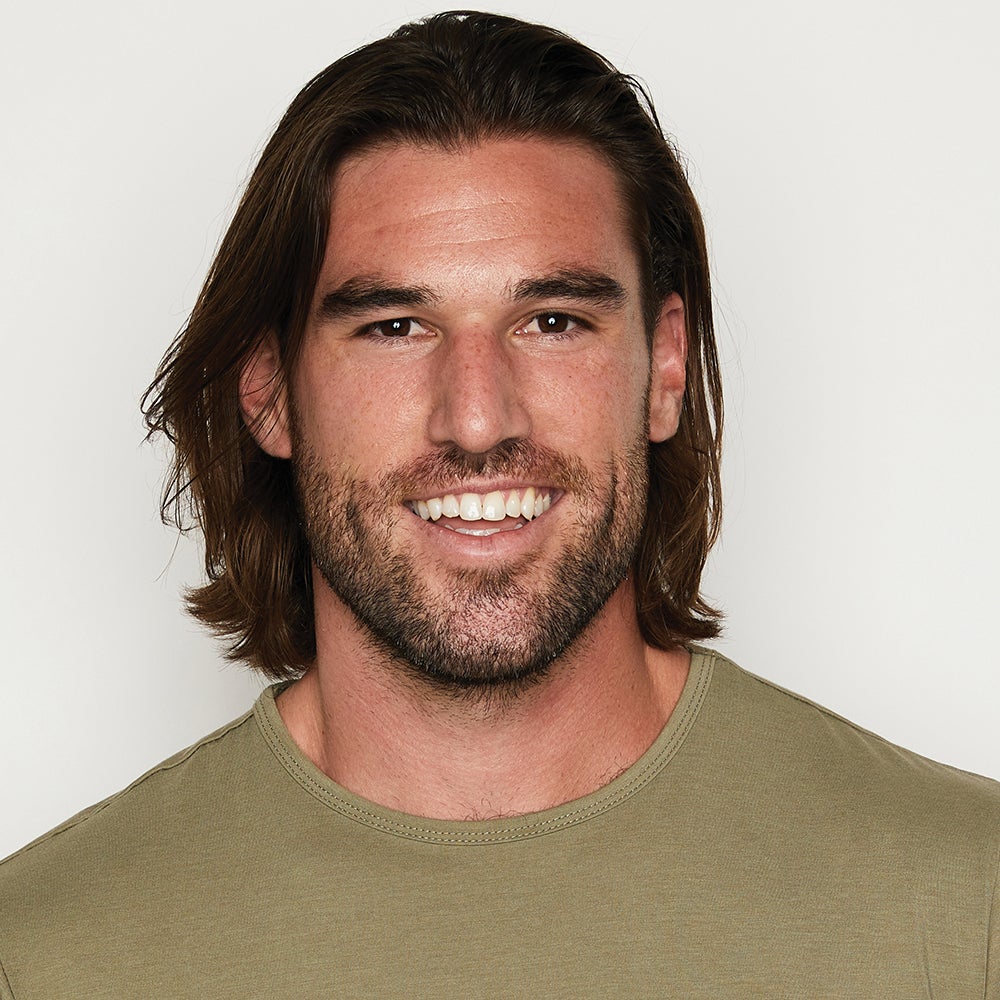
Rule 4: Your failures can be rallying cries.
As the old critique goes: Everything on social media is fake. So what happens when you get real? Like, embarrassingly real?
Mike Brown knows: People love you for it.
Brown is the CMO and public face of Soso Sake, an alcohol brand he cofounded with friends. He dresses in a shiny onesie, hands out samples at grocery stores, and films customers' reactions. Then he posts the funniest ones to TikTok and Instagram — and the funniest are always videos of haters. "That tastes horrible," one tells him, as she slams a cup down. (That got 16 million views.) Another literally aims his dog's butt at Brown and makes a farting sound. (That got 15 million views on TikTok.)
This strategy made Brown nervous at first — and sure enough, many people started insulting the brand (or him) in the comments. "But I stuck with it, because for as much negative stuff as there was, there was a million times more positive," he says. The videos helped drive 300 million views last year, created a surge in sales, and made Soso Sake one of the most-followed alcoholic beverage brands on social media.
To Brown, the lesson is simple: "No one wants to hear you toot your own horn," he says. On social media, whether you're an individual or representing a brand, people are looking for a relatable connection. As much as he loves Soso Sake, he's also practical about how much he can expect other people to care about it: "People are only so interested in a drink," he says. "Leaning into the human side of it, and showing the interactions more than the actual drink itself, is what's building the following."
Related: People Want to Know and Like You. Invest in Your Personal Branding Now.
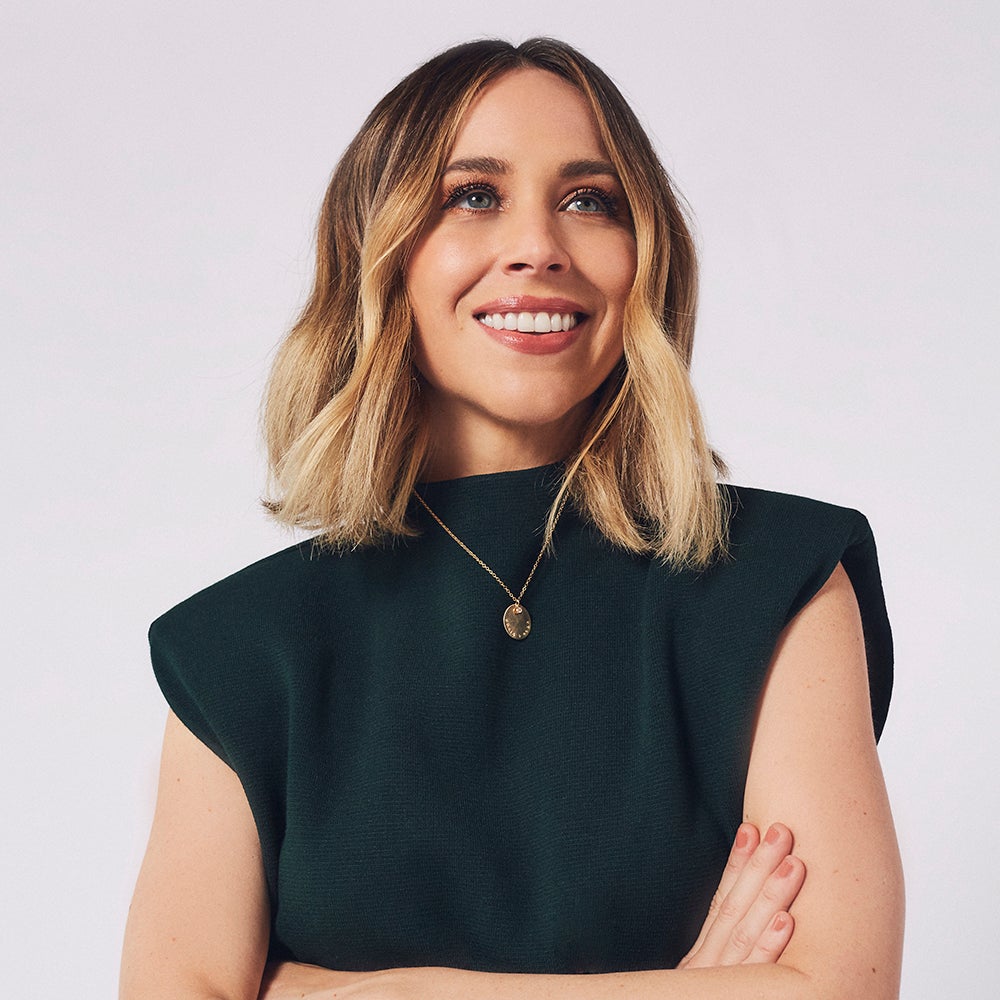
Rule 5: It's a completely different skill set.
Time out. Before diving headfirst into building your (undoubtedly daring, funny, vulnerable, smart yet unpretentious) personal brand, here's
a question to consider: Do you even want to? Because, hey, not everyone is cut out for this.
"Being the face of your brand is a different job than being a founder or CEO, and a whole new set of responsibilities comes with it," says Jaclyn Johnson. "First of all, you open yourself up to extreme scrutiny," especially as a woman. As the founder (and face) of Create & Cultivate, a trendy media and events brand, she's certainly experienced this. Her Instagram, which has over 110,000 followers, is full of comments like, "lay off the Botox." She also watched the recent "fall of the girlbosses" at close range, and we all have to wonder: Would some of these companies (The Wing, Outdoor Voices, Nasty Gal) taken less of a hit if they hadn't been so heavily associated with their founders' personas? As the face of your brand, Johnson says, "a personal misstep can affect your whole company."
But if you make the choice to step into the spotlight — and there's no better way to connect with your audience, she says — proceed as you would with any other good business strategy and find help. Work with a marketing person on your message, get media training to navigate the press. "My executive coach has been a game-changer," says Johnson.
Most important: Ask yourself, "Why are people coming to me?" Johnson's answer was being the go-to source willing to get real on what it takes to build your business. (And her bona fides kept increasing: She sold a majority stake in Create & Cultivate for $22M in 2021, and is now a VC at her firm New Money Ventures and cofounder of Maie Wines.) "Once I leaned into that and became an expert on self-funding, founder depression, how hard it is...that's when things started to really take off for me, because people understood: She's the CEO of this company, she's bootstrapped it, and she's trying to help women with their careers."
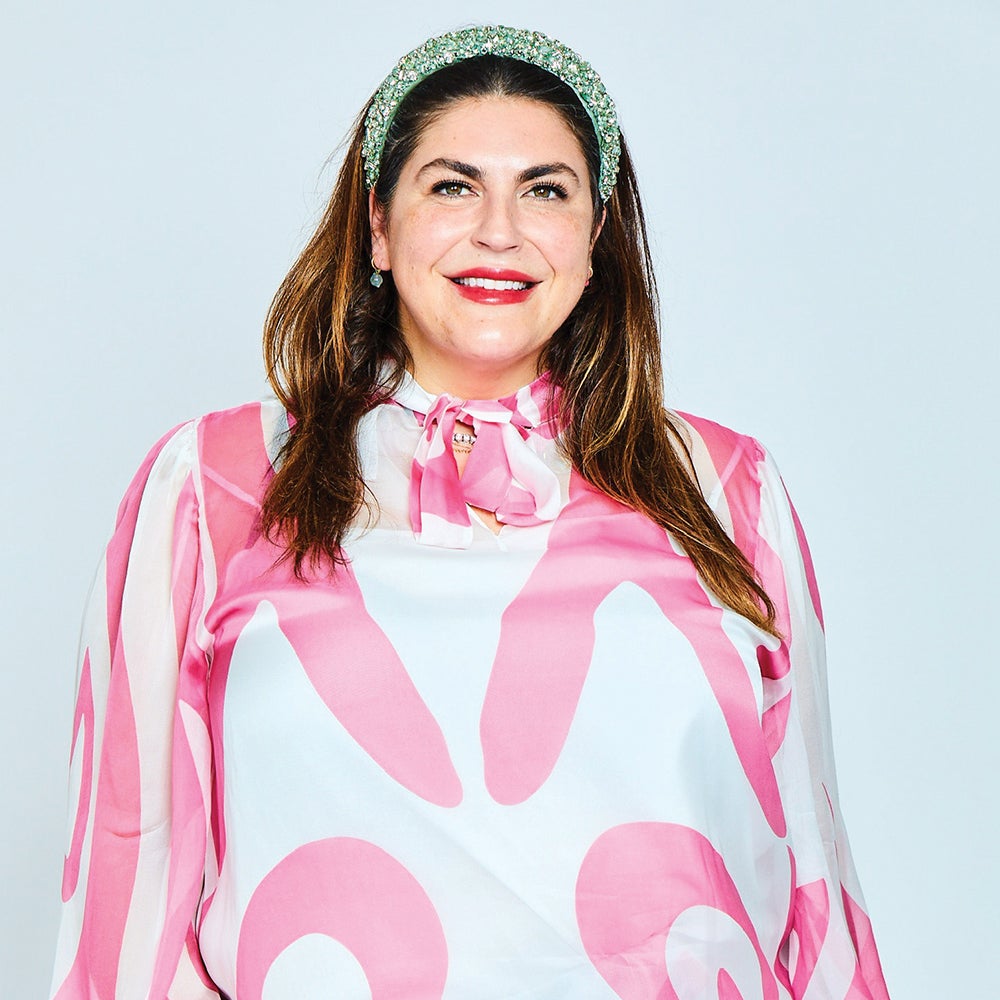
Rule 6: Stay in your lane.
Anyone who's spent even a little time online knows how fast you can go down a deep rabbit hole of hot takes. The internet is crowded with opinions and recommendations, which is why Katie Sturino has developed a very specific point of view. Sure, she could get on Instagram and offer her 793,000 followers thoughts about geopolitical tensions or the future of sustainable energy…but she knows what they come to her for: funny, unabashed, upbeat content about living in a curvy body.
The through line to all of Sturino's work — whether that's her book Body Talk: How to Embrace Your Body and Start Living Your Best Life, her #SuperSizeTheLook posts, recreating celebrity outfits ("Remember, it's not about who wore it better. That mindset just brings us down!"), or her podcast Boob Sweat with Katie Sturino — is body acceptance. As the founder of Megababe, which makes body odor and anti-chafing products, Sturino wanted her audience to feel like they could count on her to keep talking about the topic she'd built her company and personal brand around.
So her advice for anyone looking to cut through the noise online is this: Get very specific. Figure out what you care about enough to talk about a lot, that you're confident that you can help other people do better. It could be anything, just make sure it's specific. "Be the person who shows people how to clean their computer keyboards," she says.
Of course, Sturino understands that sometimes you need to branch out and reach new audiences. But there's a way to do that while sticking to your core point of view, which is why Sturino started rating chairs on how supportive they are. "That's relatable to my audience," she says. "But when I go too far outside, people are like, 'What are you doing?' So, you do have to stay in your lane."
Related: Why Personal Branding Is Important for Every Working Adult

Rule 7: Try the disappearing act.
Keep it coming! Post every day! Never miss your newsletter! The power of consistency is Personal Branding 101. "There are some people, like Gary Vaynerchuk, where they're out there in your face, in your face, in your face," says Arian Simone, who cofounded Fearless Fund, the first VC fund by a woman of color for women of color (which has backed Pinky Cole's ventures). "But I love the Beyoncé model. She pops up when she pops up. She goes away when she goes away. Some people's personas are built on mystique."
Simone has been sharing her personal life since 2005 — with books, talks, and other projects — usually tagged with her signature word: "fearless." She has told the story of being homeless for seven months, living out of her car. Her 153 job applications — rejected. Hustling her way into the Hollywood movie PR biz and breaking into venture capital as the rare Black, female VC. Her story is her brand.
But with all that exposure, Simone knows she needs time out to "make sure," as she says, "my cup is full. I'm gone maybe 30 days — not too long." It's a practice that has worked in her favor. Curiosity builds and when she shows up again, people are clamoring for more. Just like Queen Bey.
Which is funny, because in a life-imitates-brand moment, Simone recently became a queen herself. For real. As part of her philanthropy, she built the Arian Simone Fearless Leadership Academy, in Côte d'Ivoire — and in appreciation, last October the village of Dawa crowned her Queen. "The other night I was telling my friend Sophia Amoruso about it," Simone says, "and I told her, 'Girl, I think I might have manifested this thing.'"
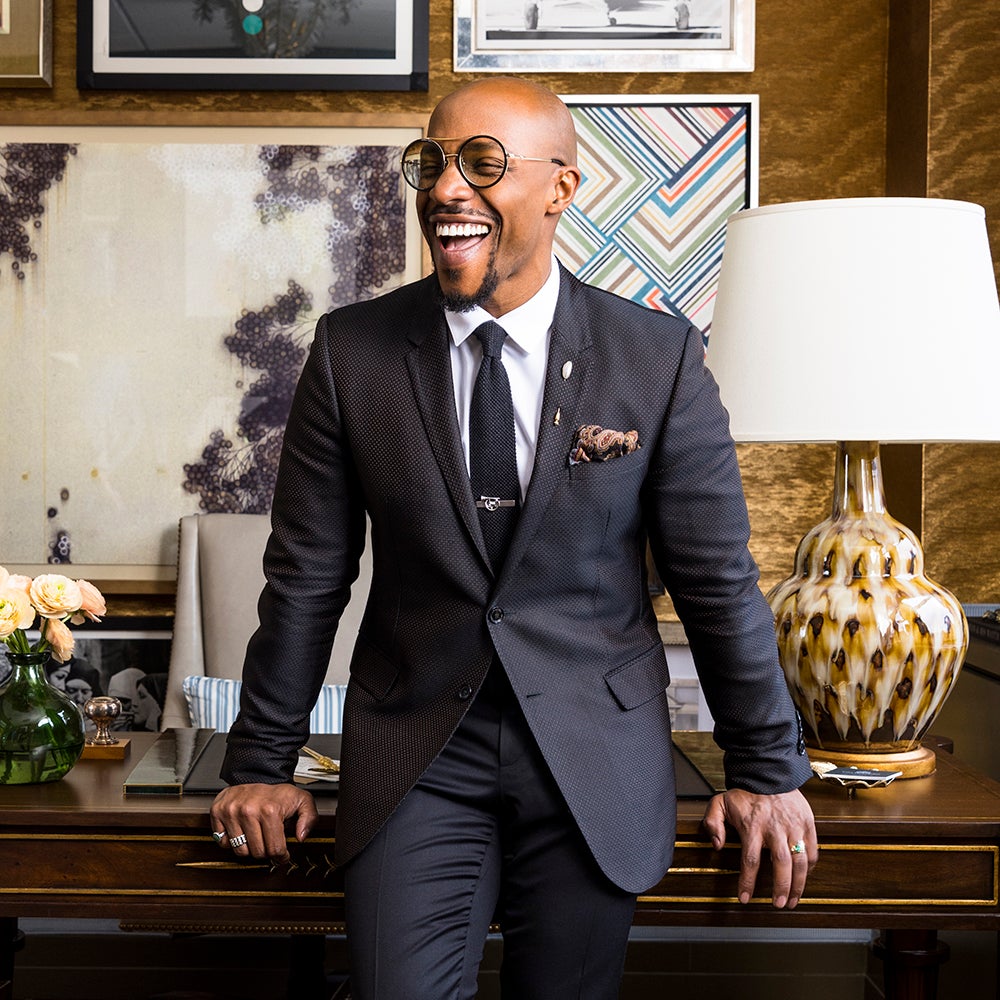
Rule 8: Be sure before you share.
Throw the details of your life against the walls of the internet to see what sticks. The most vulnerable moments will draw an audience. Corey Damen Jenkins knows what works on social media.
But he also knows there's a fine line when you're the face of a brand. If you step over it, things might come back hard and fast. "Even something you think is no big deal," he says, "people could weaponize and use to hurt your loved ones." His advice? Don't share too much, too fast. "I take a lot of time to write each post," Jenkins says. "I proofread it and leave it in my drafts for a few hours. Then I come back and usually edit it. Often I have a friend read it too." Before you post, pause to consider: Would you be embarrassed if a loved one reads this? Could a stranger use it to hurt them?
These are questions Jenkins asked himself when he finally decided to share his business origin story. But back in 2009 — when Jenkins opened what is now a multi-award-winning, classically hip interior design firm — he didn't want anyone to know he was a Black novice from suburban Michigan. He named his business Design With Vision, and his personal brand was nowhere in sight. Things started to change after he publicly revealed how he'd knocked on 778 doors before finally getting his shot from Door No. 779. That story hit home. People wanted to know more.
Since then, he's changed the firm's name to Corey Damen Jenkins & Associates, and can often be found on Instagram in double-breasted jackets with pocket squares and big round glasses. Sometimes, he's offering his nearly 100,000 followers deeply personal, often painful, glimpses into his life — from being bullied incessantly as a closeted boy, to saying "I do" to his husband while "out of approximately 200 people in the mansion, only one biological family member — my youngest aunt — was present." Those stories have helped his followers understand him. But over the years, Jenkins has also learned to be very selective about what he reveals." There were many other things going on with me when I was knocking on those doors that are not public," he says. "I keep a lot of stuff close to the vest."
Related: Your Personal Brand Is Just as Important as Your Business Brand

Rule 9: You can have a personal brand and work for someone else.
A personal brand can serve many purposes. For some, it's a full-time job. Or a marketing tool. Or just a great side hustle — which requires juggling your employer's goals with your own.
Nikita Upadhyay knows that balancing act well. Her advice: If you're going to work a job while building a personal brand, make sure you find a boss who gets it. Because not all do.
She learned this several years ago at a past job. As her Instagram following grew, her boss became toxic — seemingly threatened by the idea that Upadhyay could quit at any moment. "I couldn't have stopped what I was doing just to give the other person the comfort of me being mediocre," she says. So eventually, she left that job.
After that, she approached future employers more carefully — sussing out how they feel about employees' ambitions. The goal, she says, is to find what she calls a "yes" organization, with a boss who believes "whatever you do is an asset to the company." It's easy to make this case: If you're good at building an audience, for example, you're also gathering insights and developing community-building skills that benefit your employer.
Eventually, Upadhyay landed a gig with someone who needed no introduction to the value of personal brands: She's the director of digital strategy at Gary Vaynerchuk's VaynerMedia. She also has 1 million followers on Instagram and is the author of the book Roots to Radiance: Wholesome Beauty Solutions for the Millennial Life. As the ultimate personal brand builder, she says that Vaynerchuk has a clear vision for his team: "He wants people to win alongside him."
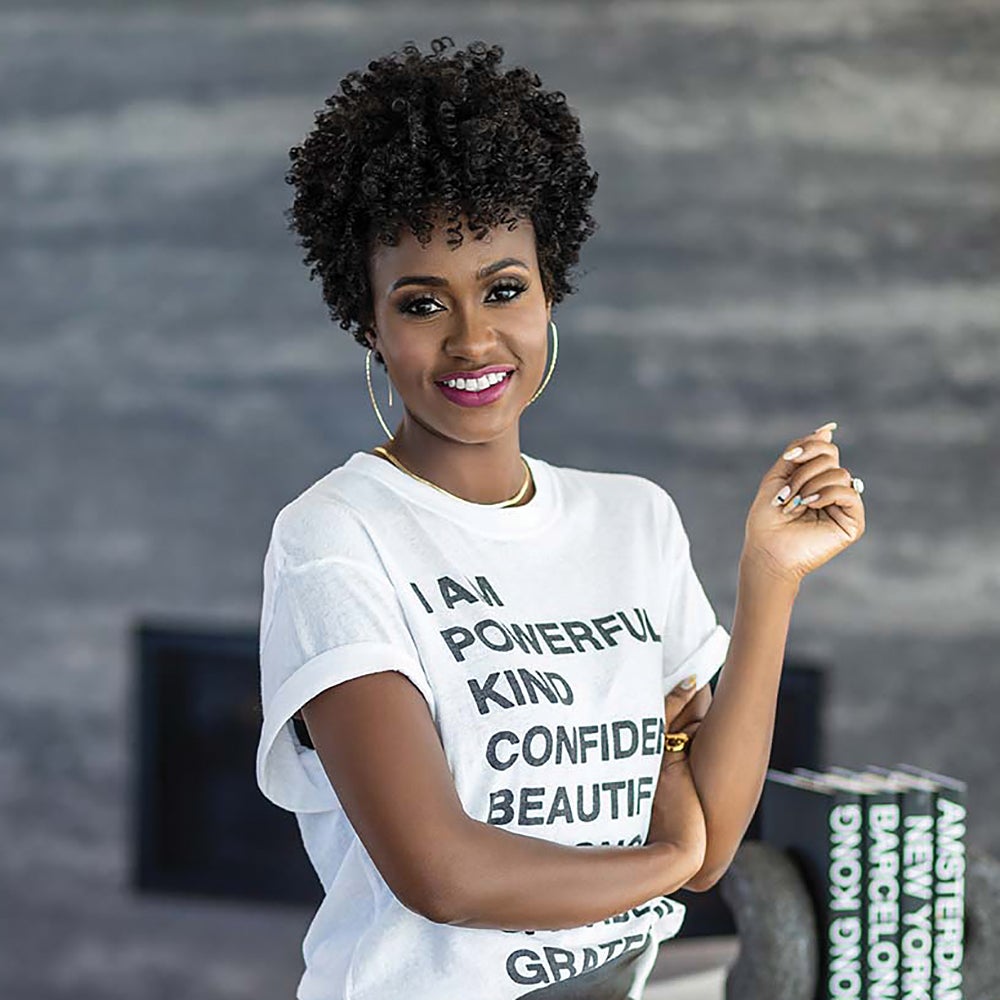
Rule 10: Your final destination cannot be social media.
Social media followers are good.
But they're not great. Why? Because you can't contact them directly. You also can't learn much about them. Their data is trapped inside the social media platform, which can change the rules of engagement at any time. Just look at how Instagram decided to prioritize Reels; that disrupted many people's way of engaging with their audience. Not to mention, a platform could also disappear entirely — a not-impossible scenario for Twitter these days.
That's why Dominique Broadway takes this approach: "If people take the time to hit the follow button, I want to know more about them," she says.
Broadway is a personal finance expert, CEO of Finances Demystified, and host of the We Have Options podcast — and she's laser-focused on converting social media followers into email newsletter or text message subscribers. (The latter, which is facilitated through the platform Community, which allows creators to send messages en masse via text — and often see very high open rates.) Broadway is constantly experimenting with ways to do this, like offering a free webinar, free phone wallpaper, or even free coffee for anyone who signs up.
"If I earn their information, I can do way more with it," she says. That includes reaching them more directly, both with content and marketing messages. In the future, she says, it could even allow her to expand into markets around the globe, by using AI to translate her content into different languages. And she's well positioned to do just that: She has 127,000 Instagram followers, and more than 250,000 email subscribers.












